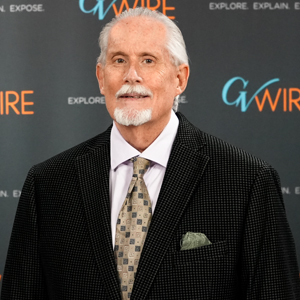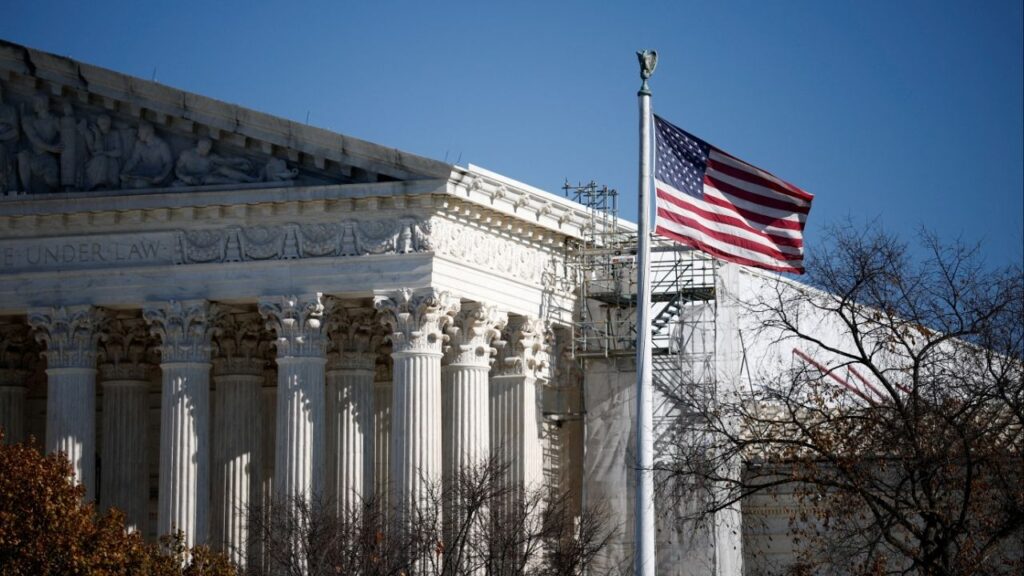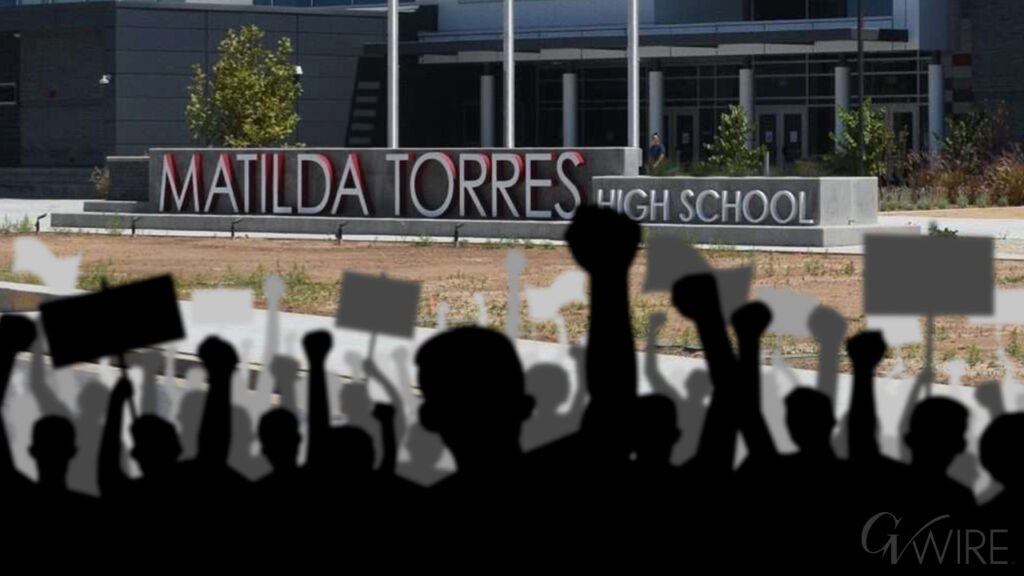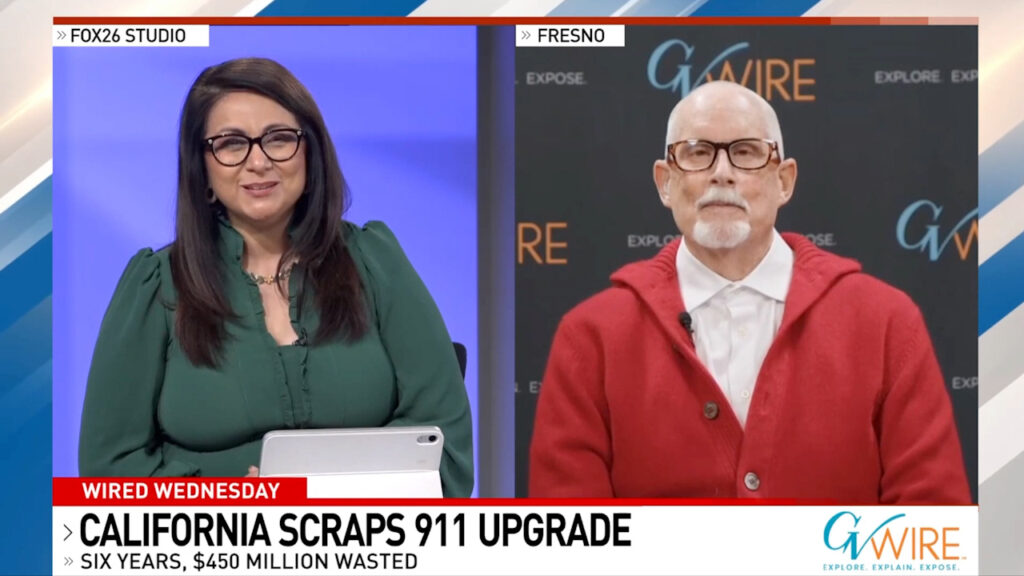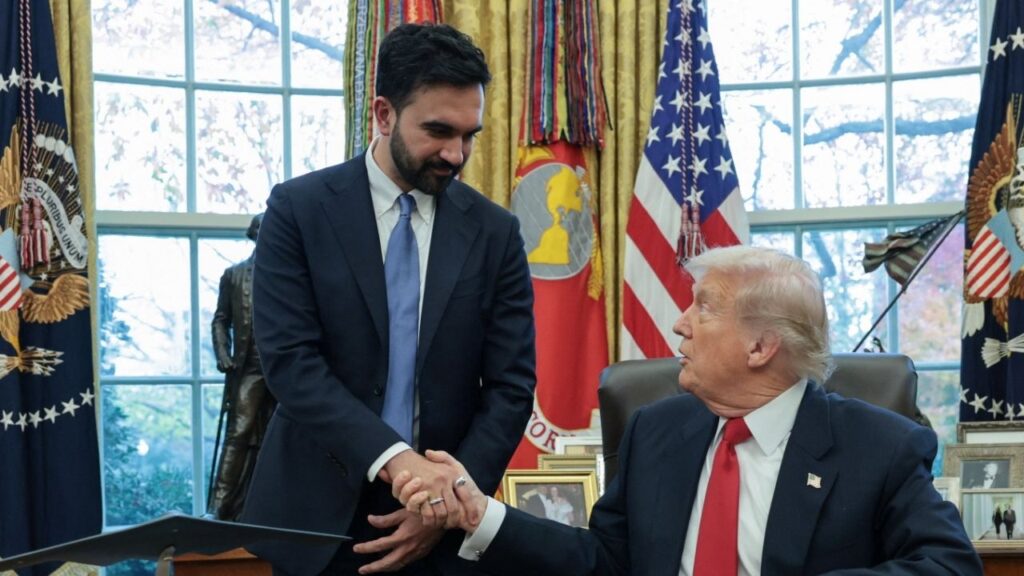The five-year numbers are in and they show that Fresno DRIVE is dramatically reducing the city's concentrated poverty and expanding economic opportunities for people of color and women in long-overlooked neighborhoods. (GV Wire Composite)

- Formerly one of the least economically inclusive of 274 large U.S. cities, Fresno has climbed 33 spots to No. 235.
- Fresno has jumped 62 spots — 225 to 163 — for racial inclusion, moving into the top 40% of American cities.
- Concentrated poverty has declined by 68%, and median household income has grown by 55% since 2014 to $69,000 — beating inflation.
Share
|
Getting your Trinity Audio player ready...
|
When Fresno DRIVE kicked off with a downtown community meeting in 2019, some people — including elected leaders — left wondering how this 10-year initiative to build the city’s economy would be different from its failed predecessors.

Bill McEwen
Opinion
The five-year numbers are in and they show that Fresno DRIVE is, indeed, different and thus far a big success.
“In my 30 years here, I’ve never seen Fresno make that kind of significant shift,” says Ashley Swearengin, CEO of the Central Valley Community Foundation, which sponsors DRIVE, and former Fresno mayor. “It’s really eye-popping what can be accomplished when we confront what is honest and true in our community.”
Says Gov. Gavin Newsom: “Fresno’s progress proves that an economy that uplifts working families is achievable.”
Tracking the Progress
Formerly one of the least economically inclusive cities among 274 large U.S. metros, Fresno has climbed 33 spots to No. 235. That’s not where we want to be, but this jump represents progress of which Fresno should be proud.
When it comes to racial inclusion, Fresno has jumped 62 spots — 225 to 163 — moving into the top 40% of American cities.
Remember those constant national headlines about Fresno ranking No. 1 or No. 2 in concentrated poverty?
Those days are over. Concentrated poverty has declined by 68%, and median household income has grown by 55% since 2014 to $69,000 — beating inflation. However, Blacks are twice as likely to live in a poor neighborhood as whites. Again, there’s more work to do.
What These Numbers Mean
Before going further, let’s define these terms because they sound like something out of a Sociology 101 textbook and might be a mystery to many readers.
“Economic inclusion” measures whether lower-income individuals and families benefit from a region’s business growth. “Racial inclusion” measures the degree to which people of color share the benefits of economic growth compared with white residents. “Concentrated poverty” describes neighborhoods where the overall poverty rate is 30% or higher.
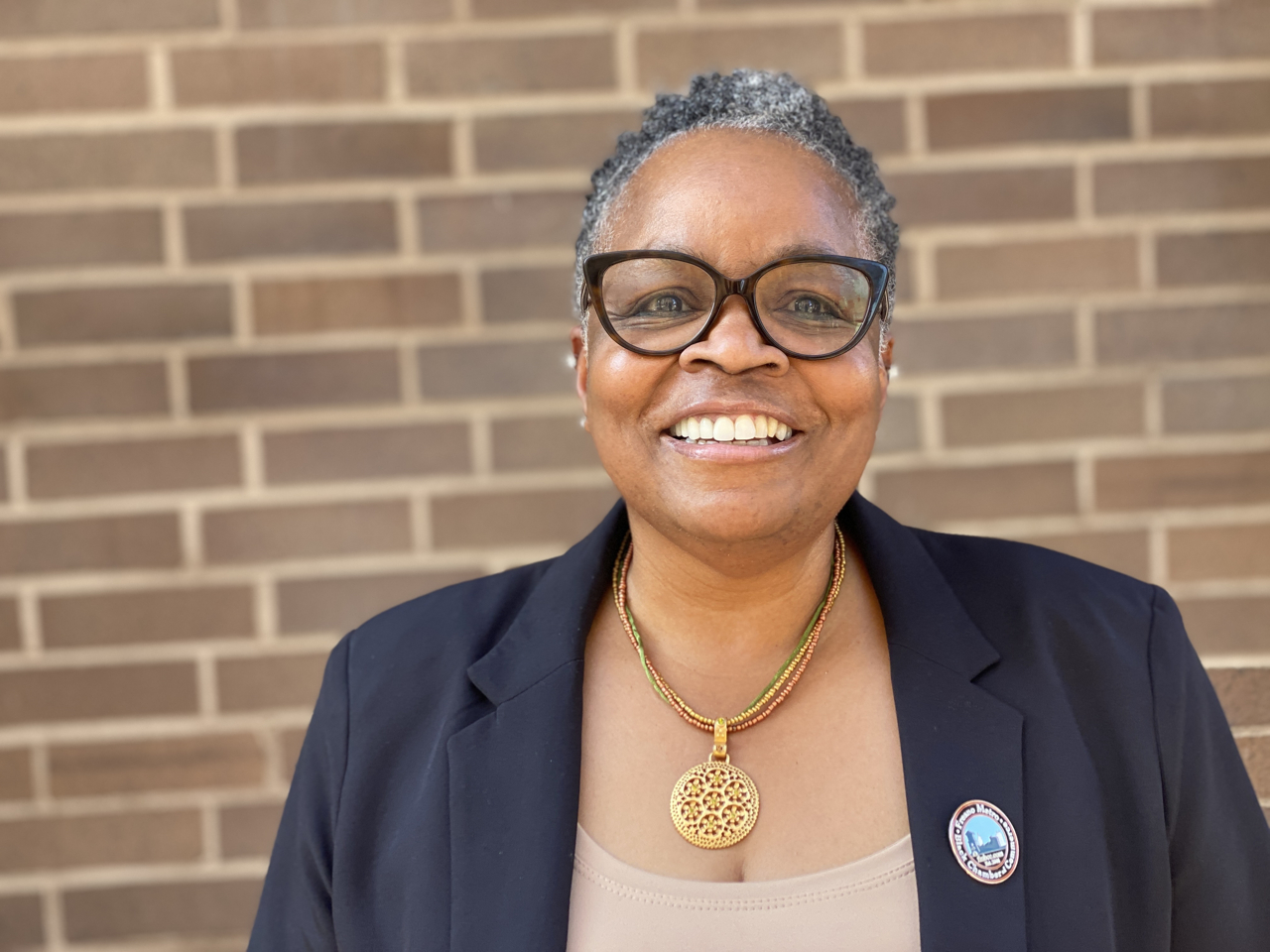
“Through our incubator, we supported and graduated 140 entrepreneurs with an 82% completion rate.” — Dr. Cassandra Little, CEO of the Fresno Metro Black Chamber of Commerce
Accountability is a big part of DRIVE. Its leaders monitor investment performance using 28 measuring sticks provided by the Urban Institute, a nonprofit based in Washington, D.C. Some of these, for example, track neighborhood segregation, rental burden, high school dropout rates, and racial gaps in homeownership, poverty, and education.
Bottom line: DRIVE is clearing the barriers for low-income residents, particularly Blacks and first-generation immigrants, to fully participate in Fresno’s economic growth.
Betting Big on Small Black Businesses
One of the most high-profile programs is “Betting Big on Small Black Businesses,” a 12-week incubator and accelerator program for startups by women and people of color. Participants receive access to community, education, mentorship and capital.
“Through our incubator, we supported and graduated 140 entrepreneurs with an 82% completion rate,” says Dr. Cassandra Little, CEO of the Fresno Metro Black Chamber of Commerce. “An overwhelming 92% of these businesses are Black-owned and 5% are Latinx-owned, and more than half are women-owned.”
The Challenges Ahead
Having landed $630 million in state, federal, and nonprofit grants, DRIVE — Developing the Region’s Inclusive and Vibrant Economy — focuses on helping entrepreneurs start businesses, downtown revitalization, education, and job training.
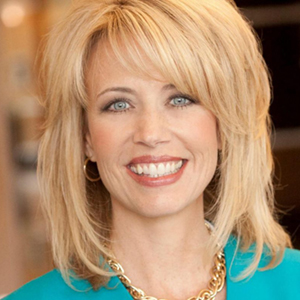
“Now’s the time to double down and continue the hard work. Fresno is a scrappy town. We can do this.” — Ashley Swearengin, CEO of the Central Valley Community Foundation
But at its heart, DRIVE’s winning formula is this: Engage and invest in people in long overlooked neighborhoods and watch prosperity take root.
Asked how Fresno residents could contribute to the effort’s success, DRIVE director Artie Padilla talked about an old-fashioned effort to make new friends outside of established circles. Too many people live in bubbles, rarely venturing outside of them. Social connectivity leads to economic connectivity, which in turn provides greater opportunity for success for everyone.
“The DRIVE initiative is excited to work with others to chart the next five years ahead and further our work of connecting people through neighborhoods to economic opportunities,” Padilla says.
For that to happen, we’ll have to swim against the tide. The nation is more politically polarized than at any time since the Civil War. Americans increasingly gather in silos of like minds and are averse to hearing out those with differing views.
In addition, President Donald Trump has declared war on undocumented immigrants and programs providing a hand up to people denied opportunities because of skin color or the grim everyday realities of their zip code.
DRIVE’s continued success hinges on its continued access to government and private grants. The estimated price tag in 2019: $4 billion.
“Now’s the time to double down and continue the hard work,” says Swearengin. “Fresno is a scrappy town. We can do this.”
RELATED TOPICS:
Categories
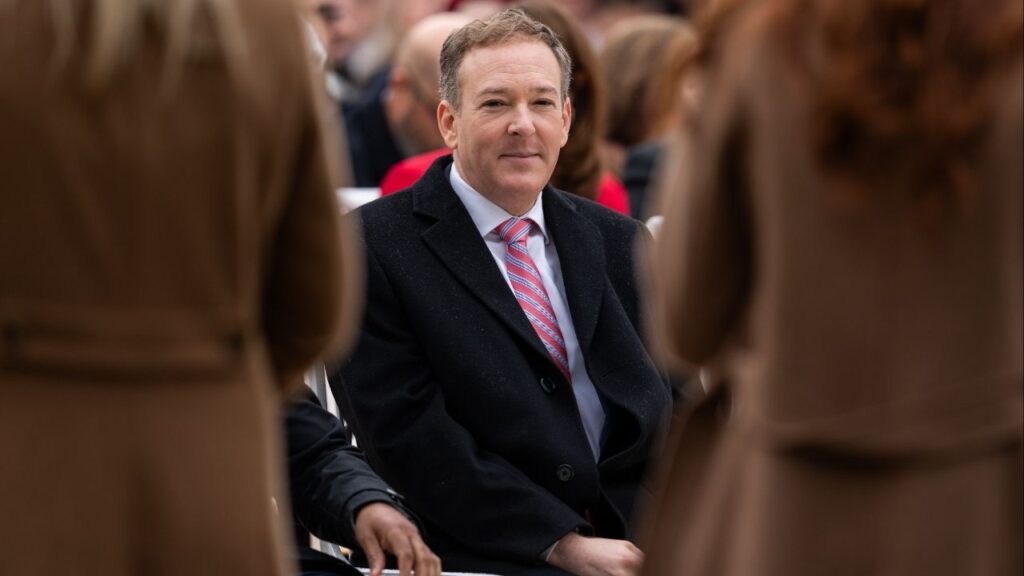
MAHA Activists Urge Trump to Fire His EPA Administrator
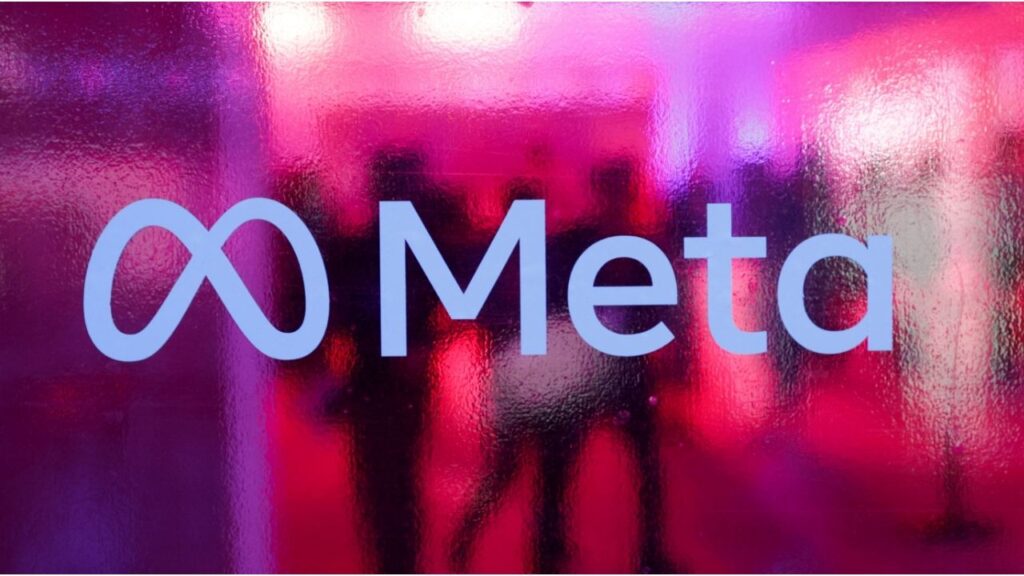
Meta Strikes Multiple AI Deals With News Publishers


